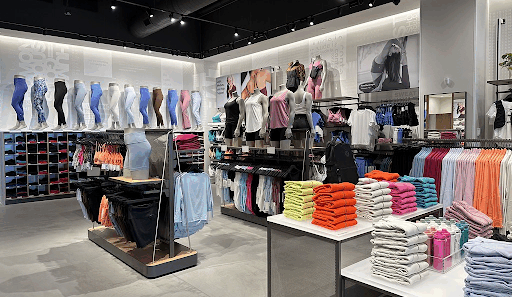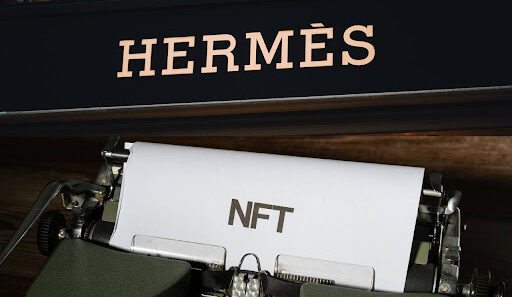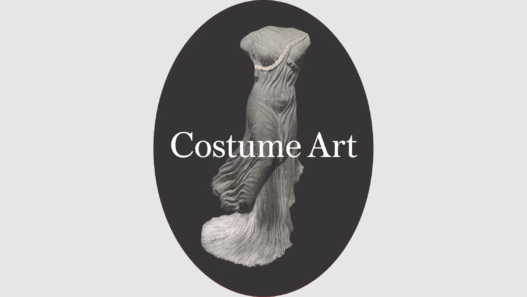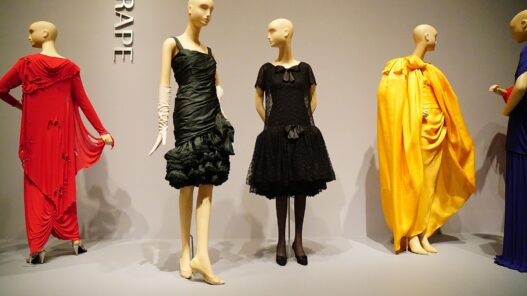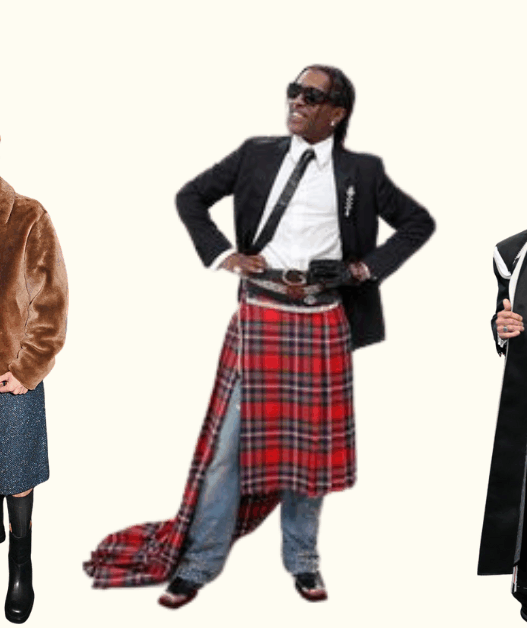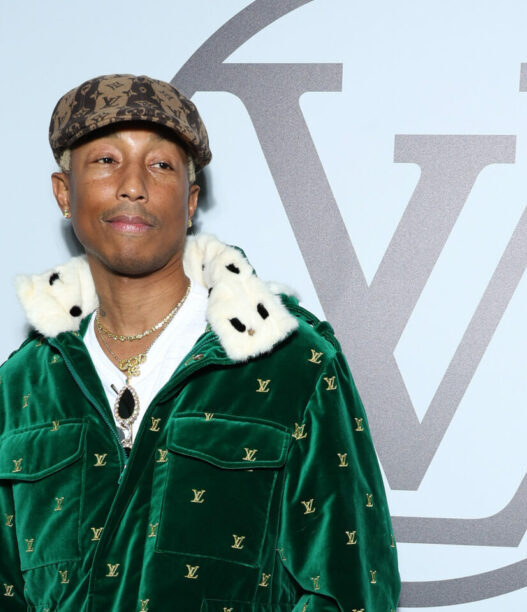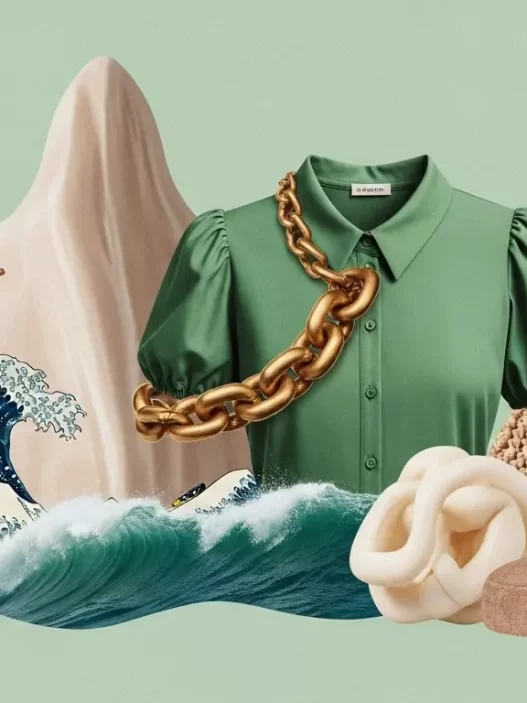Fashion detectives across social media have been playing economist lately, analysing everything from the return of corporate suiting to the suspicious rise of “Mocha Mousse” as Pantone’s 2025 colour of the year. Their verdict? We might be heading straight into recession territory, and our wardrobes are sounding the alarm bells before Wall Street even catches on.
The evidence is compelling: Madé Lapuerta’s data analysis shows maxi skirt searches spiked 393% in March 2025, while “minimalist” and “corporate” style searches increased by 39% and 38% respectively. When Gen Z starts gravitating toward blazers and midi skirts instead of their usual crop tops and mini moments, something is definitely shifting in the cultural zeitgeist.
The Hemline Index: Fashion’s Crystal Ball or Cosmic Coincidence?
The infamous Hemline Index—often misattributed to economist George Taylor—suggests that skirt lengths mirror economic health. The theory posits that shorter hemlines indicate prosperity (think 1920s flappers or 1960s minis), while longer skirts signal economic downturns.
Looking at the data, there’s some fascinating correlation. The Roaring Twenties brought us knee-grazing flapper dresses alongside economic boom times. The Great Depression saw hemlines plummet along with stock prices. The swinging sixties gave us Mary Quant’s revolutionary miniskirt during a period of relative prosperity, while the economically turbulent 1970s brought us floor-sweeping maxi dresses.
But here’s where it gets interesting: recent studies from Erasmus University Rotterdam found that hemlines actually change about three to four years after economic shifts occur, making them more of a delayed reaction than a predictive tool. So if we’re seeing longer hemlines now, they might be reflecting the lingering effects of pandemic-era economic uncertainty rather than forecasting future doom.
Beyond Hemlines: The Rise of “Recession Core” Aesthetics
Fashion’s economic indicators extend far beyond skirt lengths. The current trend toward minimalism, neutral palettes, and what some are calling “recession core” mirrors patterns seen before the 2008 financial crisis. Back then, we saw the rise of understated luxury and pared-back silhouettes as consumers became more cautious about flashy displays of wealth.
During the lead-up to the Great Recession, the focus on minimalism contrasted sharply with the maximalist aesthetic that prevailed during the economic boom period. Sound familiar? Today’s obsession with “quiet luxury,” capsule wardrobes, and investment pieces feels like fashion history repeating itself.
The colour story is equally telling. Before 2025 kicked off with tariff concerns and inflation fears, Pantone selected “Mocha Mousse” as the colour of the year. This muted, comforting brown feels distinctly different from the vibrant, optimistic hues typically chosen during prosperous times. As one fashion insider noted, this earthy tone “embodies stability, reliability, and timeless appeal,” which sounds suspiciously like recession-speak disguised as colour theory.
The Small Luxuries Phenomenon: When Lipstick Becomes an Economic Indicator
The “Lipstick Index,” coined by former Estée Lauder chairman Leonard Lauder during the 2001 recession, suggests that cosmetics sales increase during economic downturns as consumers seek affordable indulgences. The theory evolved during COVID-19 into the “Mascara Index”, when masked faces shifted focus to eye makeup.
TikTok has introduced “recession blonde” and “recession brunette”—low-maintenance hair colours or sticking to natural hair colours—that reflect consumers skipping expensive salon appointments, echoing the “recession hair” trend from 2009. When even beauty routines start reflecting economic anxiety, you know the shift is real.
Consumer Behaviour Meets Runway Reality
What makes this particularly fascinating is how designers seem to be unconsciously channelling economic uncertainty. Designers are just as clueless as we are; we all don’t know what’s going to happen to the global economy, but they seem just as on edge as all of us and their customers, and are creating designs accordingly.
McKinsey’s State of Fashion 2025 report reveals that only 20% of fashion executives expect improvements in consumer sentiment, while 39% see industry conditions worsening. This pessimism is translating directly into collections that prioritise versatility, longevity, and subtle luxury over statement pieces.
The Modern Twist: Digital Age Fashion Indicators
Unlike previous economic cycles, today’s fashion indicators are amplified by social media and data analytics. The resale market is growing at 12% annually and expected to make up 10% of global fashion sales by 2025, reflecting consumers’ desire to access luxury at lower price points. One in three U.S. adults now intentionally buys “dupes” of luxury products, showing how economic pressure is reshaping consumption patterns.
The rise of “quiet luxury” and “stealth wealth” aesthetics (think The Row’s $3,000 t-shirts without visible logos) reflects a cultural moment where flaunting wealth feels increasingly tone-deaf. This shift toward understated luxury isn’t just about fashion; it’s about social consciousness in uncertain times.
The Verdict: Fashion as Economic Barometer
While the Hemline Index might not be the most reliable economic predictor, the broader relationship between fashion and economic anxiety is undeniable. As fashion historian Vincent Quan notes, “less conspicuous purchases and minimalistic dressing trends may be a harbinger of what lies ahead”.
Whether we’re headed for a full recession or simply experiencing a cultural shift toward more conscious consumption, fashion is clearly reflecting our collective economic anxiety. From TikTok’s recession indicators to runway minimalism, our clothes are telling a story about uncertainty, practicality, and the human desire to look put-together even when everything else feels chaotic.
The next time you reach for that beige blazer or find yourself gravitating toward a midi skirt, remember: you might just be participating in fashion’s longest-running economic experiment. After all, as Coco Chanel famously said, “Fashion is in the sky, in the street. Fashion has to do with ideas, the way we live, what is happening.“
And right now, what’s happening is economic uncertainty.
And fashion is taking notes.



